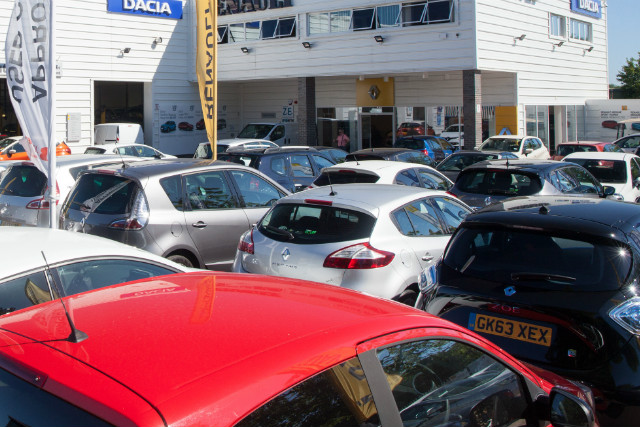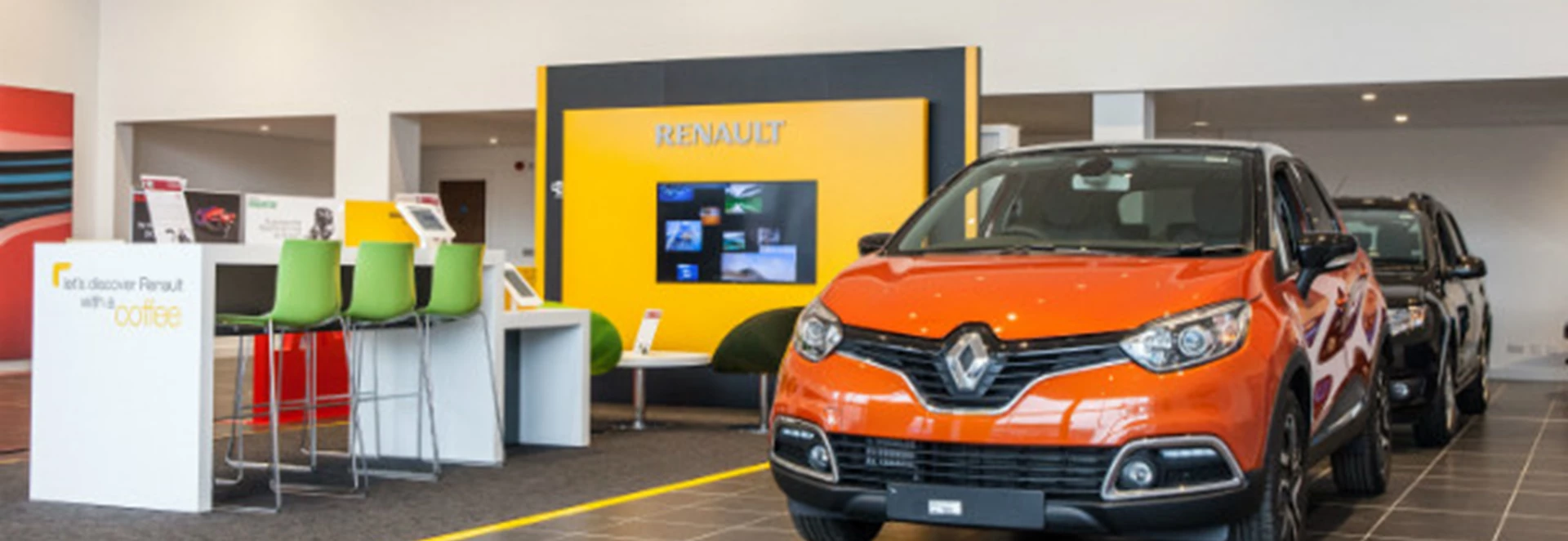Anyone would be happy to save money on a new car in any way they can (which remains lawful of course) but not every bit of advice on this topic is that helpful.
Doing some prior research and having a plan for what sort of car you want is useful while you’re at a dealership and completing a purchase. However, there are various tips that get passed around online and through word of mouth about how to extract a better deal. In reality the vast majority of these car buying tips and tricks that get shared are rarely if ever helpful.
In this guide we examine five of the most common myths centred on car buying.
You should wait until the last minute to reveal you have a car to part-exchange
One car buying tip that has spread around is the idea that if you plan to part-exchange a car, you should hide this fact until you’ve finalised a price for your new car. You would then spring the car meant for part-exchange on the salespeople.
The thinking behind all of this is to trick the people selling your new car into giving you a cheaper deal then they originally intended. However, this tactic is unlikely to make any real difference. This strategy is nothing new to car salespeople and they will have likely prepared for it in advance just in case.
If you reveal the car you want to part-exchange only when a price on the new car has been agreed, the dealership staff will still insist on evaluating the car you’re trading in to give an accurate estimate of its value. All you’re doing then is just slowing down the whole deal.
You’re better off telling the dealership about the part-exchange much sooner to get it out the way and, with the aid of online research, getting an estimate of your old car’s value in advance.
Giving dealerships a short deadline to complete a deal will save you money
The logic behind this tactic, is that when you call a sales manager, you tell them you need a car quickly, in the next hour for example. You’re essentially pitting dealerships against each other. In truth though, each dealership will be well aware of what the competition offers.
It might sound intriguing to put a dealer on the spot, but in all probability they will be well prepared for such a move and won’t alter their prices.

If you want to lease, you should negotiate the price of the new car first before you reveal this intention
This car buying myth is based on the assumption that if you reveal you’re leasing early on, the dealership you’re talking to will inflate the price of leasing on the car you’re eyeing up.
The problem with this line of thinking is that special offers on car leasing are commonplace. The savings on these special offers are better than you would get by just leasing a car based on a low purchase price.
The best time to buy a car is at the end of the month
Because dealerships have manufacturer sales targets to meet, a myth has spread that the best time to buy a new car is just before the end of the month.
The thinking behind this is that in the final days of a month, a dealer may be just a few cars away from meeting a sales target. With the deadline looming, it’s assumed that the dealer will be willing to sell a car for a lower price than usual to guarantee they hit their target figure.
This idea doesn’t really hold up though because there’s no way for customers to know for sure whether a dealer is close to a sales target or has actually already passed it. It’s very likely that the offer you get on a car on the last day of the month is no different to the one you would have been given on the first day of the month.
Kicking the tyre helps in judging a car before you buy
Kicking the tyre of a potential car purchase is something you may have picked up from people on TV or in films, or even seen someone else do it in real-life.
You might assume that this is done to check tyre pressures on the car are ok, but this is not at all a reliable way to gauge this.
If you really want to check the tyre pressure of your car, you’re best off using a pressure gauge. Unlike the leather on your shoe, a pressure gauge can give a precise measurement on current tyre pressures.




